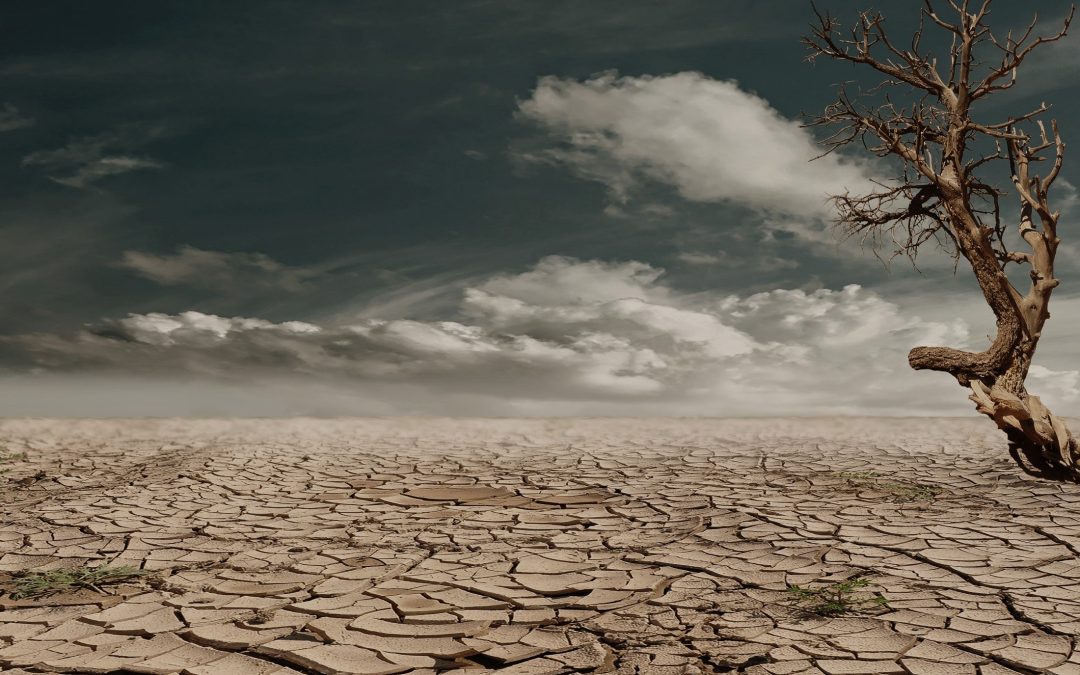Source: Up Jobs News —
Phoenix’s real estate market has been hot for quite some time, like much of the Sun Belt. According to Colliers, office, retail, and industrial investment sales in Phoenix through June 2022 totaled $4 billion. In 2021, Phoenix experienced record-breaking commercial real estate sales, and local, national, and international investors continued to show interest in the city. Colliers reports that Phoenix posts top-tier jobs, strong home sales, rising land prices, and stable rental rates. “New investors are visiting Phoenix every week looking for ways to invest,” the brokerage firm said in a recent report.
Phoenix is America’s 5th most populous city and a hot market, but it’s getting hotter in another way, too. Phoenix and Tucson, Arizona, are two of the fastest-warming cities in the U.S. over the past decade, according to one report. Arizona has seen an increase in average summer temperatures of 1.8 degrees since the 1970s, and the state has also seen a rise in ‘danger days’ when the combination of heat and humidity makes it dangerous to be outside for even short periods. Phoenix is projected to see 146 dangerous days annually by 2050. Tucson now already has 24 more days above 100 degrees Fahrenheit on average per year than in the 1970s, which is the second-largest increase of any American city. The punishing heat in Phoenix and parts of Arizona could also lead to more drought and make life there miserable in the decades ahead.
In 2020, almost 200 people died from extreme heat in Phoenix. It was the city’s hottest and deadliest summer on record, as 53 days topped 100 degrees Fahrenheit. “2020 was a glimpse into the future – it’s the type of summer that could be normal by 2050 or 2080, so that’s what we need to be prepared for so that Phoenix is livable and thriving,” said David Hondula, the director of Phoenix’s heat response and mitigation office.
Many cities like Phoenix in the U.S. are increasingly thinking about climate change impacts like extreme heat. But the question is, when will these impacts start affecting real estate investments? And have they started impacting investments already? The answer is mixed. In general, real estate investments have a 10-year horizon, so it may not make the most sense for investors to be so worried about a looming climate crisis in places like Phoenix, at least for right now. But some pundits say that by 2030, harsher impacts will be felt, leading to a potential value decline. And unless investors are explicitly flipping properties in a short time, the effects of extreme heat and drought in a city like Phoenix would have to be considered.
Burning like a Phoenix
Phoenix is just one case study. Florida and coastal areas in the Northeast, Mid-Atlantic, and Southeast may already be experiencing real estate value changes because of climate change-induced sea level rise. According to a report from a climate change research organization called First Street Foundation, home values in New York, New Jersey, and Connecticut fell by $6.7 billion between 2005 and 2017 because of flooding related to sea level rise.
With Phoenix and Arizona, the concern is the more extreme heat and drought that could possibly lead to climate migration. Building owners and government officials in Phoenix are already doing all they can to mitigate the impacts. Many buildings in Phoenix now have a cool, white roof that doesn’t absorb the heat as much, and more buildings are electrifying heating and cooling systems to reduce fossil-fuel use. Many glass-facade offices in Phoenix use external shading systems that sit like a skin on the outside of the building, reducing overheating problems and peak cooling loads. Some Arizona building owners also start cooling in the early morning on the year’s hottest days to ensure the building is super-cooled during peak heat times.
















No because climate change is a farce trumped up to line the pockets of some very rich people. and the real estate industry is one of those really corrupt people who push it so they to can line their pockets…I’m so sick of corruption.